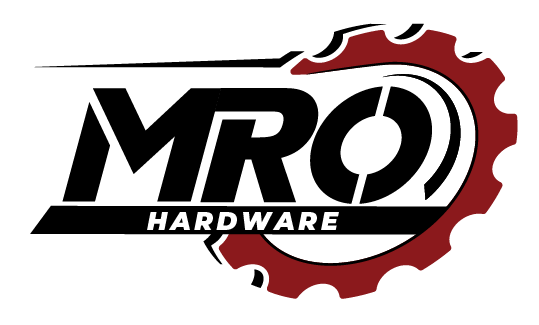Gas springs, also known as gas struts or gas shocks, are vital components in a variety of applications, from automotive hatchbacks to adjustable chairs and industrial machinery. This FAQ article addresses common questions and concerns about gas springs, providing insights into their safety, measurement, installation, usage, and maintenance. Whether you’re looking to understand how gas springs work, the differences between gas springs and dampers, or when to replace them, this guide offers the essential information you need to ensure proper and safe use of these versatile devices.
Are gas springs safe?
Yes, gas springs are generally safe when used correctly. They are designed to support and counterbalance weights, ensuring smooth and controlled movement. However, it’s important to follow manufacturer guidelines for installation and usage to avoid accidents and ensure safety.
How to measure gas springs?
To measure gas springs, first measure the extended length from the center of one mounting point to the center of the other. Next, measure the compressed length in the same manner. Additionally, determine the diameter of the rod and the cylinder. These measurements will help you select the correct gas spring for your application.
How to install gas springs?
To install gas springs, first identify the mounting points on both the object and the frame. Attach the gas spring’s end fittings to these points, ensuring that the rod is facing downwards to prevent seal damage. Secure the fittings with appropriate fasteners, then test the gas spring to ensure it operates smoothly and supports the load correctly.
How to use gas springs?
Gas springs are used to assist in lifting, lowering, and positioning objects smoothly. To use them, apply a force to move the object, and the gas spring will provide counterbalance and controlled movement. They are commonly found in applications like hatchbacks, adjustable chairs, and machinery covers.
How do gas springs work?
Gas springs work by using compressed gas contained within a cylinder to exert a force. When the rod is pushed into the cylinder, the gas compresses, creating pressure that pushes back against the rod. This mechanism provides controlled movement and support for lifting and lowering operations.
What are gas springs used for?
Gas springs are used in various applications to provide controlled motion and support. Common uses include automotive hatchbacks, office chairs, medical equipment, industrial machinery, and cabinetry. They help in lifting, lowering, and positioning objects smoothly and safely.
Can you adjust gas struts?
Some gas struts are adjustable, allowing you to change the force they exert. This is typically done by releasing some of the gas pressure. However, not all gas struts are adjustable, so it’s important to check the manufacturer’s specifications before attempting any adjustments.
Difference between gas springs and struts?
Gas springs provide a pushing force and are mainly used to support weights and control motion. Struts, on the other hand, can provide both pushing and damping effects and are often used in automotive suspensions and other applications where shock absorption is needed.
Difference between gas springs and dampers?
Gas springs provide force to lift or lower objects, while dampers are designed to control the speed of movement by absorbing energy. Dampers do not provide lifting force; instead, they reduce oscillations and stabilize movements, making them ideal for applications where controlled motion is crucial.
Where can I buy gas springs?
Gas springs can be purchased from industrial supply stores, automotive parts stores, and online retailers like MRO Hardware. It’s important to select the right specifications for your application to ensure proper performance and safety which is why OneMonroe expert sales team is a valuable resource when buying gas springs.
When should you replace gas springs?
Replace gas springs when they no longer provide sufficient force, show signs of wear or damage, or if they begin to leak gas. Regularly inspect gas springs for any issues, and replace them promptly to maintain the functionality and safety of the equipment they are used in.

